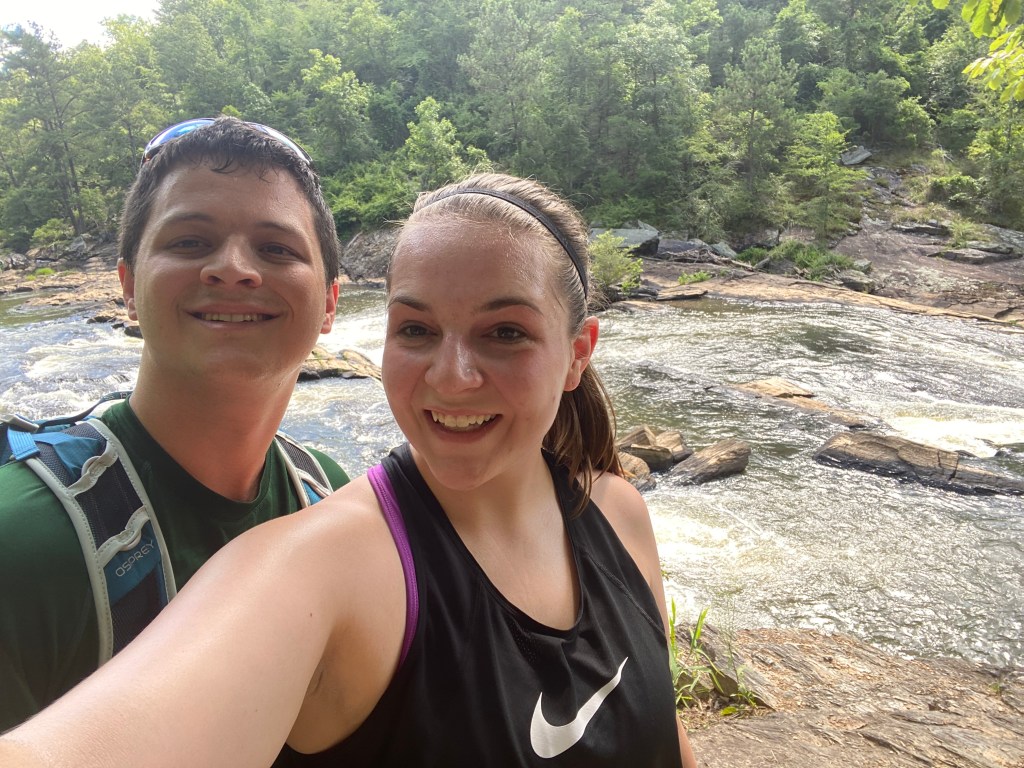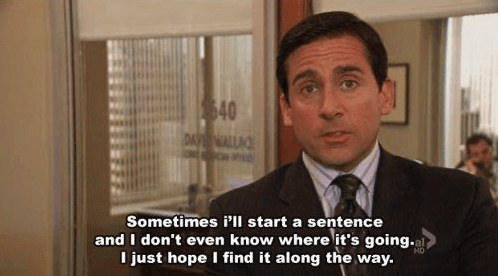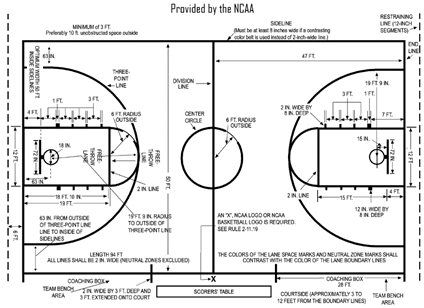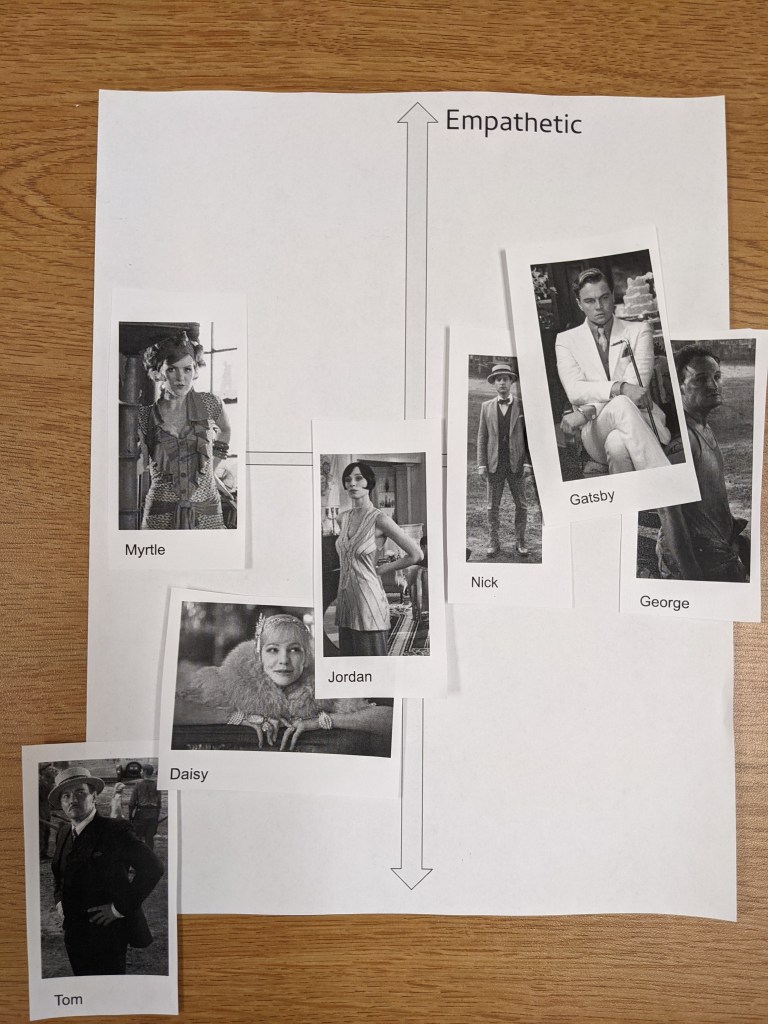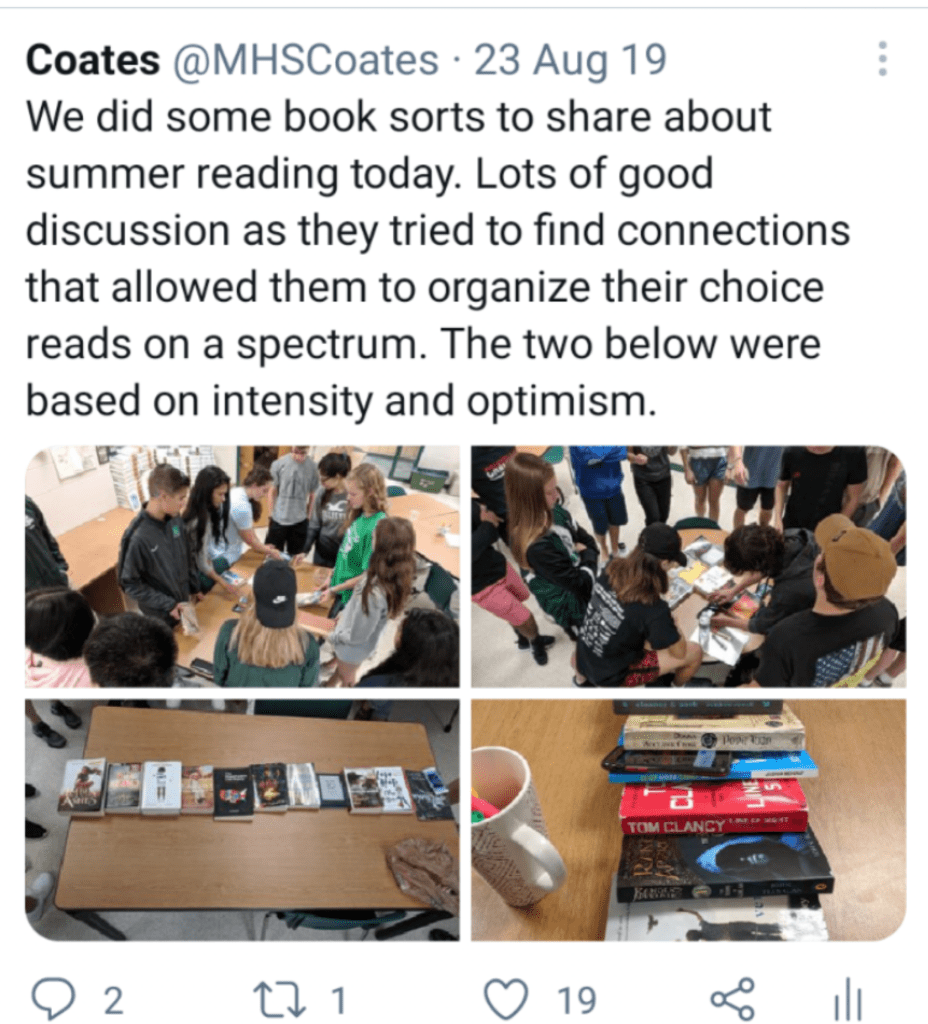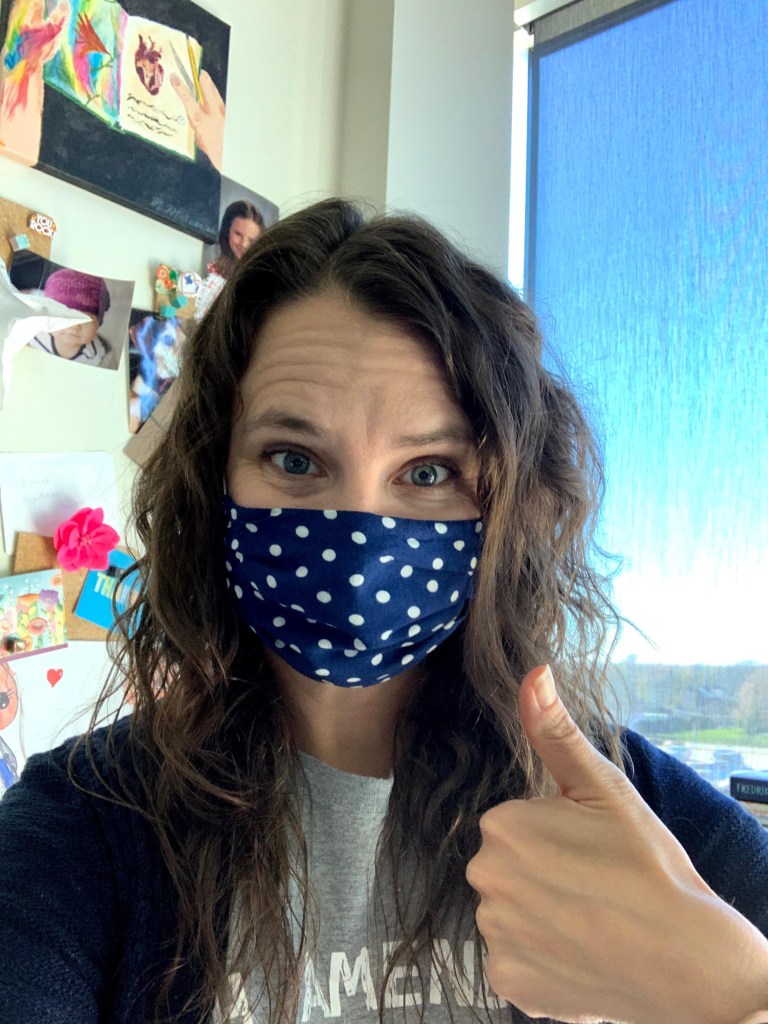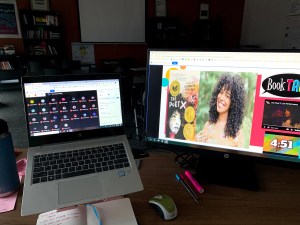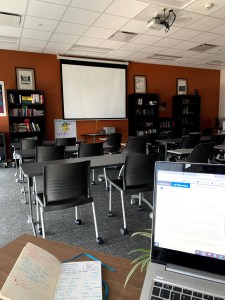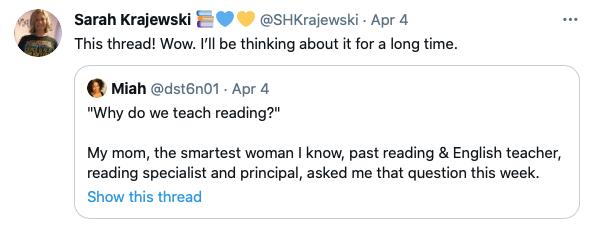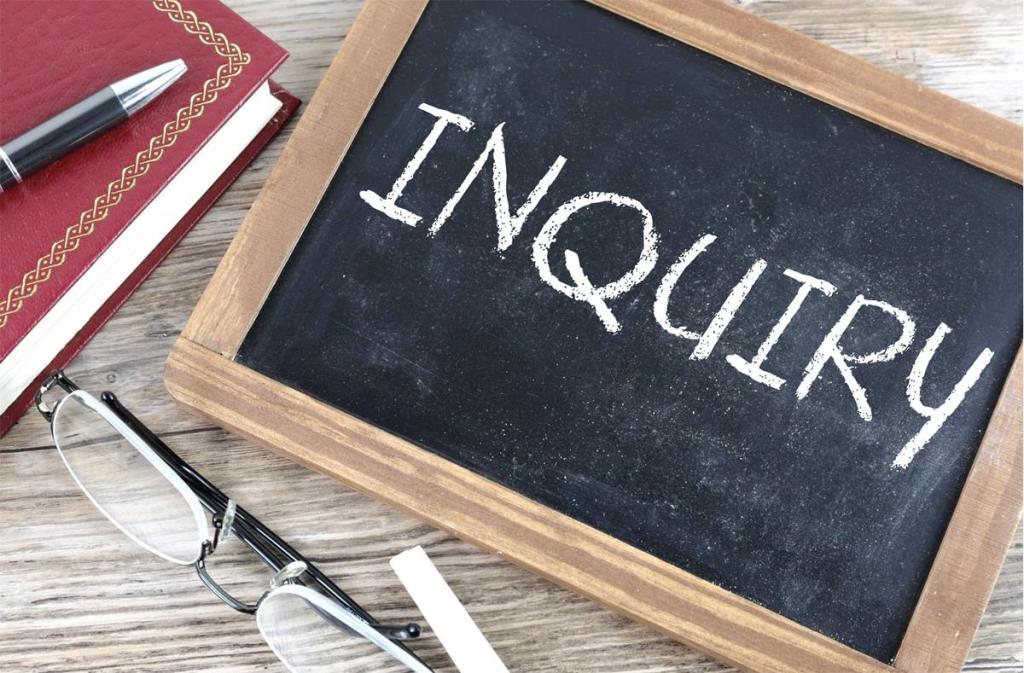
I know this title is going to cause some teacher eye rolls because it is rough in education right now. Some of us are using every classroom management tool we can think of and still struggling with refusals to work or listen. I get it- I am there, too.
However, despite this year being even more difficult than last due to social-emotional needs we weren’t expecting, I still think kids these days are amazing. I don’t think I could show up to work everyday if I let this belief go.
I like to use this countercultural phrase because we often hear “kids these days don’t want to learn” or “kids these days don’t know how to make choices for themselves” or “kids these days just don’t care.” I wholeheartedly believe this is not true. Kids, like all human-beings, have an innate need to learn and make sense of the world. Right now, a global pandemic, a year of less connection, continued uncertainty, etc. has caused learning to end up on the backburner of needs. Am I saying this means teachers should just suck it up and deal with the environment of burnout we are experiencing? Absolutely not. We have also been through all of these draining circumstances, too, and we have to give ourselves grace and maybe even a break. The only thing I ask from you is to stop, look around, and see what’s going right. YOU are doing many things right.
I had my own moment of revelation as I sat in bed for days grading our most recent project while I am quarantined for COVID (my case is not bad, and I am doing okay). This quarter, our sophomore English students chose a nonfiction book on any topic they wanted that made them curious and they wanted to know more about. Students chose books like Lone Survivor and Stamped and I Have The Right To. They read about true crime, UFOs, wars, history, racism, assault, poverty, the justice system, psychology and on and on.
My inspiration when creating this project was from those ordinary moments we all experience: we are sitting on the coach watching a movie or reading a book and a question about what we are reading/watching pops in our heads. “Did that historical event actually happen?” “Did those actors break up?” Then, we find ourselves down a rabbit-hole of research from which we emerge half an hour later after reading about how asparagus might cure unwanted hair loss. Though I am making light of this common phenomenon, it demonstrates the yearning to know and understand in our real lives. I wanted to create that phenomenon as authentically as I could for my students while fostering independent reading.
Inquiry Project Details
As students read the nonfiction books they chose, they kept an inquiry log of questions that arose for them as they read their book; they took these questions into our research days to find out more information about a topic in their book. For example, multiple students read about sexual assault and wanted to know statistics about assault in America. At the end of our time reading, questioning, and researching, the students created either a podcast, a TED talk, or a website to present their learning to their peers. This project involved choice, authentic research, authentic product, digital literacy, and authentic publishing. The conversations, products, and learning that came from this project were superb. I had to take a few moments to just stop and bask in the goosebumps-producing joy that is kids being freed to learn what they want to learn.
Of course, there were lots of road bumps (or even total road closures) along the way. We had issues with students picking random books without a lot of consideration as to their interest in it to just get their reading check grade. We had students who didn’t or wouldn’t read. There were lots of absences and catching students up. And we also dealt with a total lack of knowledge in research because of the circumstances of their last two years of school.
For students who picked books they didn’t actually want to read, the remedy was pushing them hard to read in the first two weeks with the option of abandoning their book. Some kids still didn’t read enough within the two weeks to know if they enjoyed their book or not, so those students were stuck with their book and the lesson to choose more carefully next time. For students who had a hard time getting started in their reading (always the toughest, but most important time!), my colleague, Kristal All, created these awesome bookmark trackers so students could practice making checkpoints along the way for themselves. These led to some good conversations about goal-setting, following through, and the mess we make for ourselves when we don’t do the work early on. We also had reading conferences to check in on their progress, understanding, and enjoyment of the book as well as to check in on what kinds of questions students were asking about their books. They kept track of their questions on this document.
Many students started out asking questions that would later be answered in the book or questions about the author’s thoughts/feelings. As we continued in our reading, we steered students toward asking broader questions about the topics that arose in the book that would be better for outside research. We kept reminding them that if the question could be answered by the book, it wasn’t a research question. It took a little while to get them out of a compliance mode and into true curiosity, but the work was worth it for true learning.
Every two weeks, we had a research day. We would start with a mini-lesson such as using the benefits of using the databases, bias in sources, or reliable vs. unreliable sources. The students would then be released on their own to do their research. For my level students in particular, I highly encouraged them to stay on our school databases so they did not have to do the extra work of determining reliability/credibility and so their citations would be made for them. I plan to do some more lessons to open up their research to the whole web next quarter. Our first research day really helped students reframe their thinking about what kinds of questions they should be asking as they read their books.
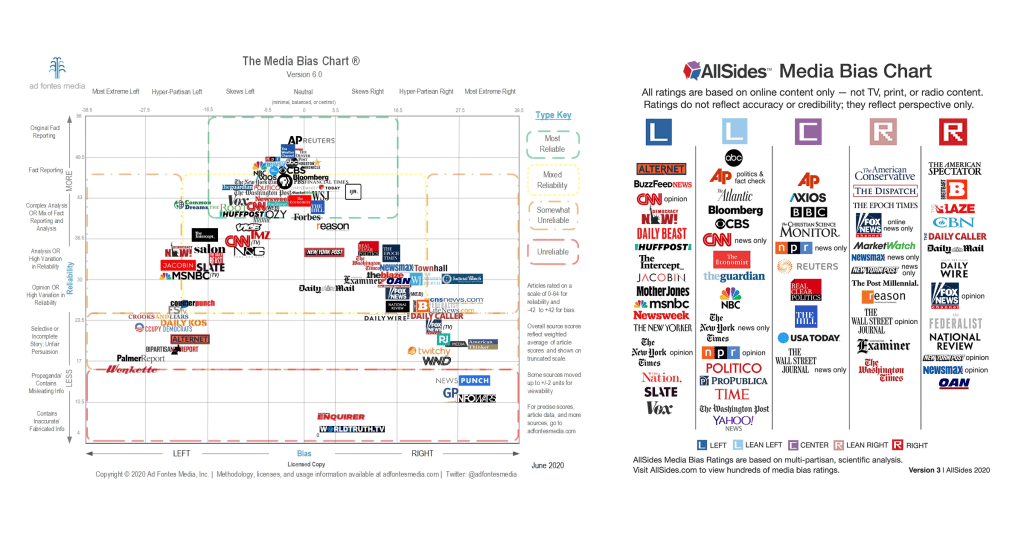
At the end of the quarter, students chose what mode of media they wanted to present their project in- TED Talk, podcast or Google website. They were given this sheet of instructions, tutorials, and planning documents. The intention was for students to get a major grade for the project and a major grade for presenting. This was our rubric for the product they created. My getting COVID messed up presentations for my classes, but I think it still heightened the level of product I received from the students. For the TED Talk and podcast, students would simply play their media for the class and answer questions at the end. For websites, students would have to present in real-time in front of the class and answer questions. The podcast was a popular choice for students since they didn’t have to be on camera, they got to re-record as many times as needed, and they could potentially read off of their script without anyone knowing. It was also fantastic for my students who are learning English as a second (or third or fourth) language. They got to practice the very important skill of speaking, and I was so impressed with how hard they worked on these.
Student Products
I did this with both my level and my honors ELA II classes. This podcast was produced by a wonderful young lady in my honors class, Brooklyn Spikes (tw: it deals with the topic of sexual assault). She sounded like a podcasting professional, and I think everyone can feel the passion in her speaking. This podcast was created by a student in my level class, Enzo, and my favorite parts are the well-timed comedic pauses and asides.
I wish I could share the amazing websites students have done, but my district has publishing settings where only those inside the district can access the sites. Nevertheless, I will share that many students knocked it out of the part with their website design, flow, engaging details, etc. I have received no TED Talks, and I am still reflecting on why that option wasn’t chosen.
The Joy in it All
I chose to share this project because, at its core, it is a pretty simple idea from which I saw such a powerful effect. It wasn’t easy, as seen in all of our setbacks above, but I think the students were more engaged in their reading and more excited to learn than they have been for a couple of semesters. I know I felt immense joy every time I had a reading conference, and I got to see the light in my students’ eyes as they passionately explained their topic to me. That’s why I say kids these days are amazing. They are very much re-learning how to “do school,” but I think this proves that they are up to the task and that authenticity and choice lead to ultimate engagement. I will also add that this project could not have been as successful without the wide-ranging availability of books for students to choose from (with permission slips from their parents saying they will talk to their children about what they feel is appropriate for them to read). There are many counterarguments to book bans, but above is mine. I hope these resources are helpful to you in some way. Keep hanging in there, teacher. Your work is making a difference.
Rebecca Riggs is in her 5th year of teaching, but her first year at Conroe High School. She just finished reading The Cousins by Karen McManus and really enjoyed another thrilling mystery from the author. She would like to thank COVID for nothing except the little margin it afforded in which she was able to write this blog post. She is starting her Master of Education in curriculum and instruction at UT Tyler in January, but has no plans to leave the classroom soon. She does, however, wonder when she will find time to post on the blog. Her next read will be Somebody’s Daughter by Ashley C. Ford. You can find her on twitter @rebeccalriggs or on instragram @riggsreaders


